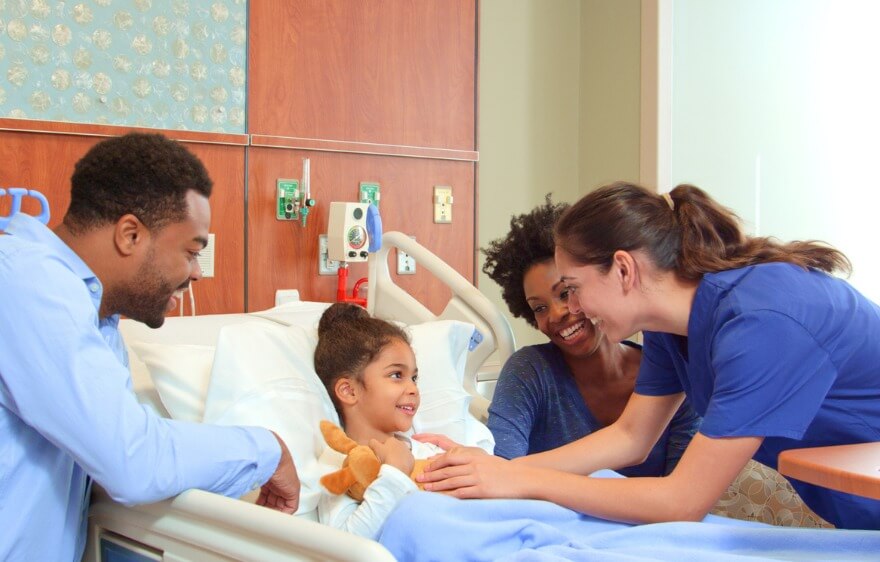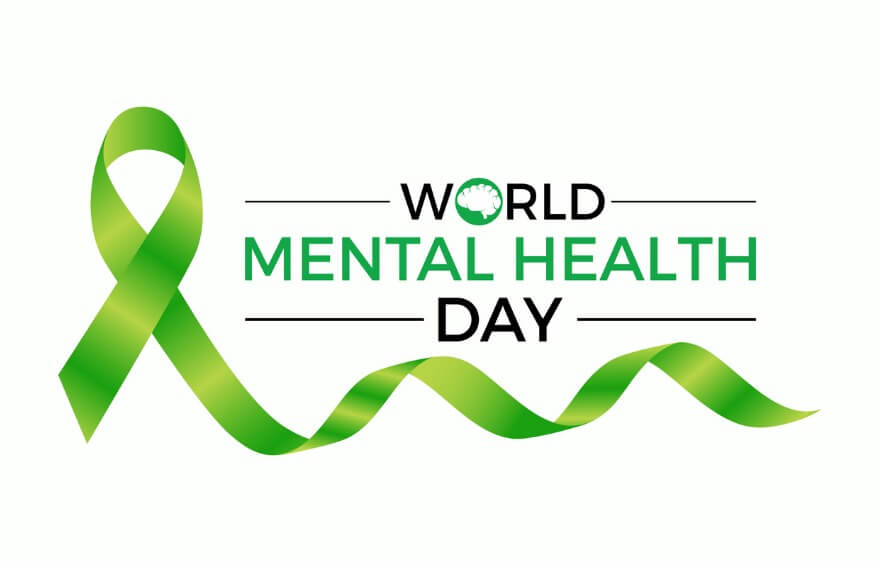While the nursing profession has been around for over 100 years, nurses have existed for as long as people have needed any kind of medical care. Today, nurses are the backbone of the health care industry and the main care provider in many situations. Even though everyone encounters a nurse at some point, it can still be amazing to find out how much there is to learn about this critical role.
Whether you’re a veteran nurse, a new nurse, someone thinking about being a nurse, or just interested in nursing, these fun and practical nursing facts will give you a new appreciation for the depth and history of the nursing profession.
20 Interesting & Fun Facts About Nursing
There’s a lot to learn about nursing, and you could fill volumes of books with the history and knowledge needed to truly understand what it means to be a nurse. Here are some of the essentials.
Nursing By the Numbers
How many nurses are there? Possibly more than you think:
1. Estimates put the global nursing workforce at 27.9 million.
2. The same researchers project that an additional 5.9 million nurses are needed to meet patient needs worldwide, meaning there truly is a nursing shortage.
3. The American Association of Colleges of Nursing (AACN) reports there are 4.2 million registered nurses in the United States, making it the largest health care profession in the country.
4. The AACN also states that over the next 10 years, the employment of RNs will likely grow by 6% annually.
5. Additionally, more than 1.8 million licensed practical nurses (LPNs) are in the United States.
Nursing History
As long as people have needed medical care, there have been nurses. Medical traditions across the world have provided instructions in caregiving and healing for thousands of years. Nursing as a formal profession is much more recent:
6. The founder of modern nursing is widely considered to be Florence Nightingale.
7. Her Nightingale Training School for Nurses, founded in 1873, is also considered the first nursing school.
8. The Bellevue Hospital School of Nursing, also founded in 1873, was the first nursing school in the United States and operated on the same principles put forth by Nightingale.
9. The National Council of State Boards of Nursing (NCSBN) first met in 1978 to ensure safe and competent care in the nursing profession.
10. In 1982, the NCSBN began to conduct the National Council Licensure Examination (NCLEX) in the United States to standardize state licensing examinations.
Nursing Hours
Nurses are known to work some of the longest shifts compared to other professions, and the work itself can be physically demanding:
11. Although the standard hospital nursing shift is 12 hours by three days, nurses work a wide range of schedules depending on employee needs, including eight and 10 hours, or part-time.
12. Nurses walk an average of five miles during a 12-hour shift, compared to other people who walk less than three miles per day.
Common Nursing Degrees
Nursing degrees can consist of one-year certificates for LPNs, two-year and four-year degrees for RNs, and postgraduate degrees for administrators and advanced practice nurses, such as nurse practitioners.
13. According to the AACN, approximately 65% of the RN workforce in 2020 held a bachelor’s degree or higher.
14. The AACN also reports that nearly 15% of RNs held a master’s degree.
15. Employers are increasingly seeking a bachelor’s degree or higher for new RNs, with 41% requiring the degree of new hires and 77% strongly preferring one.
How Much Do Nurses Make?
Once you’ve earned the degree and done the work, nursing can be a rewarding career and offers the ability to make a comfortable living:
16. According to the Bureau of Labor Statistics (BLS), the national median pay for RNs in 2021 was $77,600 per year, or $37.31 per hour.
17. The average pay for an LPN is $33 per hour according to Indeed.
*Rates may vary depending on the place of employment or specialty
Where Do Nurses Work?
Anywhere! While you may think of nurses as just working in hospitals, a growing range of health care facilities, institutions, and even homes employ nurses:
18. The BLS estimates that 55% of RNs work in general or medical surgical hospitals.
19. According to the AACN, the list of settings where nurses are in high demand includes doctor’s offices and primary care clinics, health maintenance organizations (HMOs), public health agencies, nursing homes, outpatient surgery centers, insurance companies, schools, mental health providers, hospice care, the military, nursing education, and health care research.
20. Home health is a rapidly growing area for nurses, with more than 271,475 home health nurses currently employed in the United States alone.
Join The Care Options For Kids Team!
Are you ready for meaningful work that comes with benefits and not burnout? Join the compassionate care team that helps children and families live their best lives. Our clinicians provide best-in-class pediatric nursing, therapy, and school-based services. We bring individualized care to children where they live, work, and play. We have opportunities in homes, schools, and clinics across the country.
Apply at Care Options for Kids now. We make it easy to get started, so you can begin making a difference as soon as possible.






